Kitchen Bitchen
What is the most sustainable nontoxic cookware?

What’s up in the Kitchen: A Total Guide to Cookware Materials from Kitchen Switchen
Hey there, culinary creatives! Welcome to the Kitchen Switchen soft spot, where we share quick facts about cookware materials. Whether you're a seasoned pro or a rookie catching your first cooking wave, understanding the history and benefits of different cookware materials will help you be kind to mother earth and keep your family safe in the kitchen. Let’s paddle out and dive into the epic world of cookware!
- Stainless Steel: The Endless Summer of Cookware
History: Stainless steel hit the scene in the early 20th century and quickly became a kitchen superstar. Invented by Harry Brearley in 1913, it’s known for its corrosion resistance, thanks to the addition of chromium.
Why It’s Good: Stainless steel is durable, rust-resistant, and doesn't react with acidic foods. Perfect for browning and deglazing, it's a must-have for any conscious kitchen cook. Plus, it’s super easy to clean and dishwasher safe.
Why It’s Bad: Stainless steel isn’t naturally non-stick, so you might need more oil or butter to keep food from sticking. Also, it can be a bit pricier compared to other materials.
Pro Tip from Kitchen Switchen: Go for high-quality stainless steel with an aluminum or copper core for even heat distribution and better performance.
- Cast Iron: The Classic
History: Cast iron cookware has been riding the kitchen waves since ancient China, but it really made a splash in Europe during the 17th century. It’s known for its durability and heat retention.
Why It’s Good: Cast iron is the king of heat retention and distribution. Once it’s hot, it stays hot! Perfect for frying, searing, and even baking. With proper seasoning, it develops a natural non-stick surface. Plus, it can last for generations—talk about sustainability!
Why It’s Bad: Cast iron is heavy and needs regular seasoning to maintain its non-stick surface and prevent rust. It’s also not great for cooking acidic foods, which can strip away the seasoning. In Amy’s kitchen it’s used far less as if it doesn’t go in the dishwasher, he doesn’t go in her kitchen. She’s missing out on this one!
Pro Tip from Kitchen Switchen: Keep your cast iron in top shape by drying it thoroughly and applying a thin layer of oil after each use.
- Non-Stick (Teflon): The Smooth Rider
History: Non-stick cookware made its debut in the 1960s with the invention of Teflon by Roy Plunkett. It revolutionized cooking by making cleanup a breeze.
Why It’s Good: Non-stick surfaces make cooking and cleaning effortless. Great for low-fat cooking since you need less oil. Ideal for delicate foods like eggs and pancakes.
Why It’s Bad: Non-stick coatings can scratch easily, and overheating can release harmful chemicals. Those nasty forever chemicals can be found in your mother’s old pans! Watch out. They also wear out over time, so you’ll need to replace them more frequently.
Pro Tip from Kitchen Switchen: Use wooden or silicone utensils to avoid scratching your non-stick pans and never heat them empty.
- Ceramic: The Eco-Friendly Staple
History: Ceramic cookware has ancient roots, with the first pieces dating back to 24,000 BC. Modern ceramic cookware often features non-stick coatings free from PTFE and PFOA.
Why It’s Good: Ceramic is non-toxic and environmentally friendly. It’s non-stick and easy to clean, with no harmful chemicals leaching into your food. Plus, it comes in vibrant colors that brighten up your kitchen.
Why It’s Bad: Ceramic coatings can wear down over time, making them less durable than other materials. They also can’t handle sudden temperature changes well, which can cause cracking.
Pro Tip from Kitchen Switchen: Hand wash your ceramic cookware to extend its lifespan and avoid using high heat.
- Aluminum: The Lightweight Speedster
History: Aluminum cookware started gaining popularity in the early 20th century due to its affordability and excellent heat conduction.
Why It’s Good: Aluminum is lightweight and an excellent conductor of heat, making it perfect for quick and even cooking. Anodized aluminum is even better, as it’s more durable and non-stick.
Why It’s Bad: Plain aluminum can react with acidic foods, affecting the taste and potentially leaching aluminum into your food. It’s also prone to warping under high heat.
Pro Tip from Kitchen Switchen: Go for anodized aluminum to avoid reactivity issues and get better durability.
- Copper: The Precision Kitchen Partner
History: Copper cookware has been prized for centuries, especially in French cuisine. It’s known for its superior heat conductivity and precise temperature control.
Why It’s Good: Copper heats up quickly and evenly, giving you precise control over your cooking. It’s often lined with stainless steel to prevent copper from reacting with food.
Why It’s Bad: Copper requires regular polishing to maintain its shine and performance. It’s also one of the more expensive cookware options.
Pro Tip from Kitchen Switchen: Use copper cookware for dishes that require precise temperature control, like sauces and caramel.
- Glass: The Transparent Wave
History: Glass cookware has been around since the early 20th century, with Pyrex being one of the most famous brands.
Why It’s Good: Glass is chemically inert, meaning it won’t react with your food. It’s perfect for baking and storing leftovers. Plus, you can see your food cooking, which is super rad!
Why It’s Bad: Glass can be heavy and is prone to breaking if dropped or exposed to sudden temperature changes.
Pro Tip from Kitchen Switchen: Always let your glass cookware cool down gradually to prevent cracking.
- Bamboo and Wood: The Natural Superior Kitchen Kindness
History: Bamboo and wooden utensils have been used for centuries across various cultures, prized for their natural properties and sustainability.
Why It’s Good: Bamboo and wood are renewable resources, making them eco-friendly choices. They’re also gentle on your cookware, preventing scratches on non-stick and other surfaces.
Why It’s Bad: Wooden utensils need to be hand-washed and dried immediately to prevent cracking and warping. They can also absorb flavors and stains from strong foods.
Pro Tip from Kitchen Switchen: Regularly oil your wooden utensils to keep them in prime condition and avoid soaking them in water.
Catching the Right Pan: Choosing Your Cookware
So, what’s the perfect cookware for your kitchen? It all depends on your cooking style and what waves you want to ride. Here’s a quick recap to help you make the right choice:
- Stainless Steel: Perfect for browning, deglazing, and all-around versatility. Great for the serious cook.
- Cast Iron: Ideal for those who love a good sear and want a pan that will last forever. Just be prepared for some maintenance.
- Non-Stick : Best for easy cleanup and delicate foods. Keep it cool and handle with care. Check out the materials. NOT all are created equal. Never use that hand me down.
- Ceramic: Eco-friendly and non-toxic. Perfect for colorful kitchens and health-conscious surfers.
- Aluminum: Lightweight and heats up quickly. Great for fast-paced cooking but choose anodized for durability.
- Copper: For precision cooking and serious control. A bit high-maintenance but worth it for the right dish.
- Glass: Perfect for baking and seeing what’s cooking. Just handle with care.
- Bamboo and Wood: Eco-friendly utensils that are gentle on your cookware. Keep them well-oiled and dry.
No matter what you choose, remember that even the best cookware needs some TLC to keep it in top shape. So, grab your favorite pan, crank up the tunes, and let Kitchen Switchen guide you through the culinary crusade. Have a saucy day!

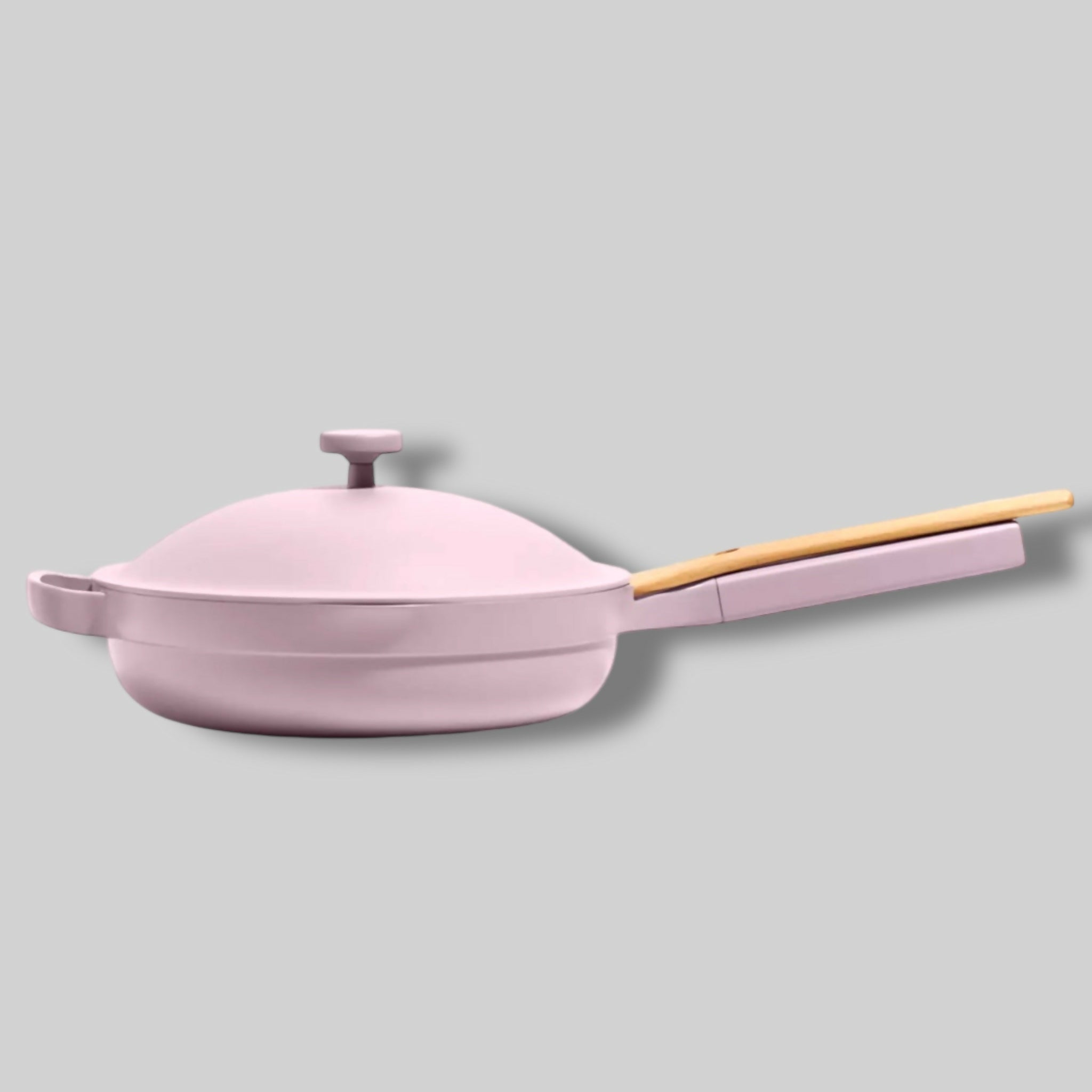
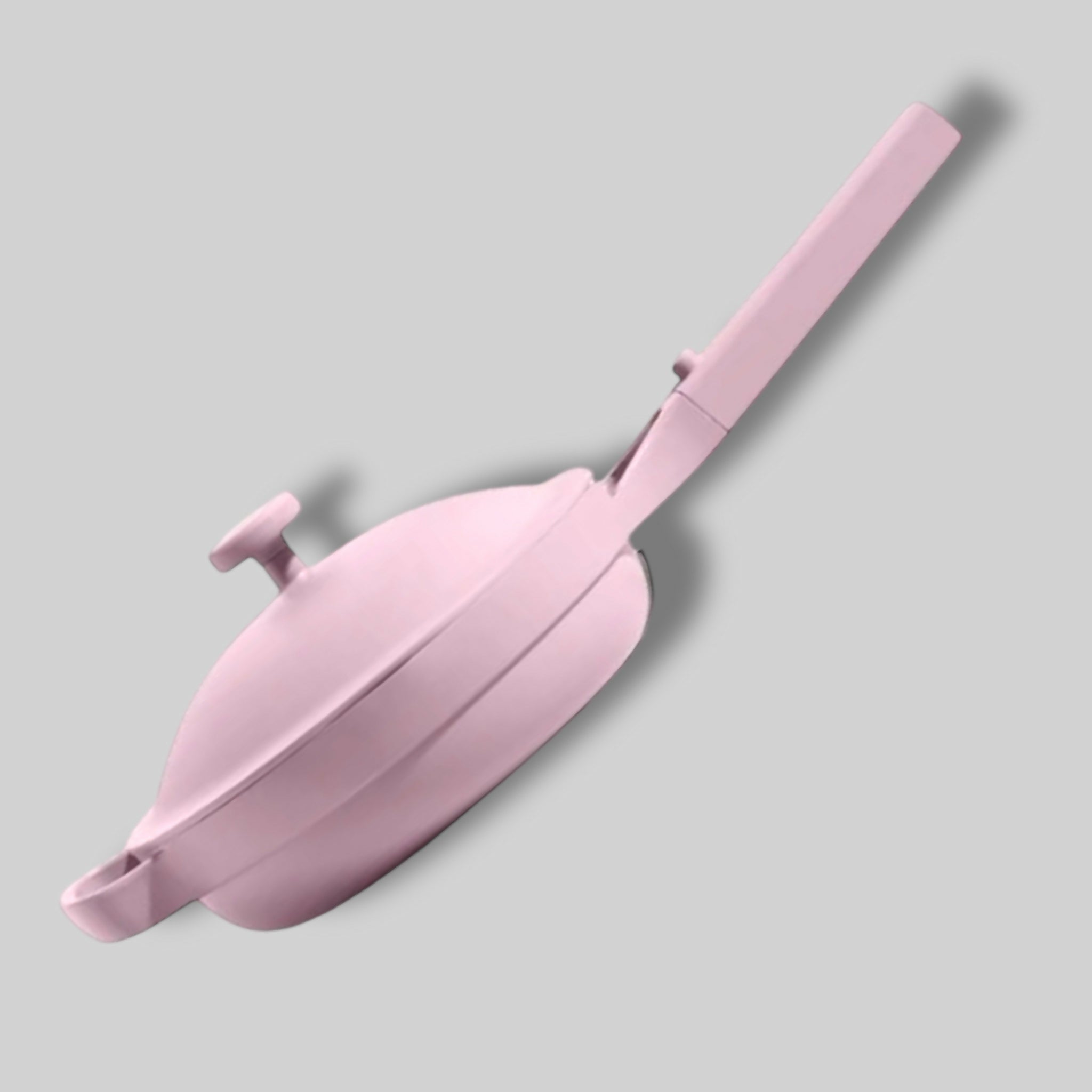


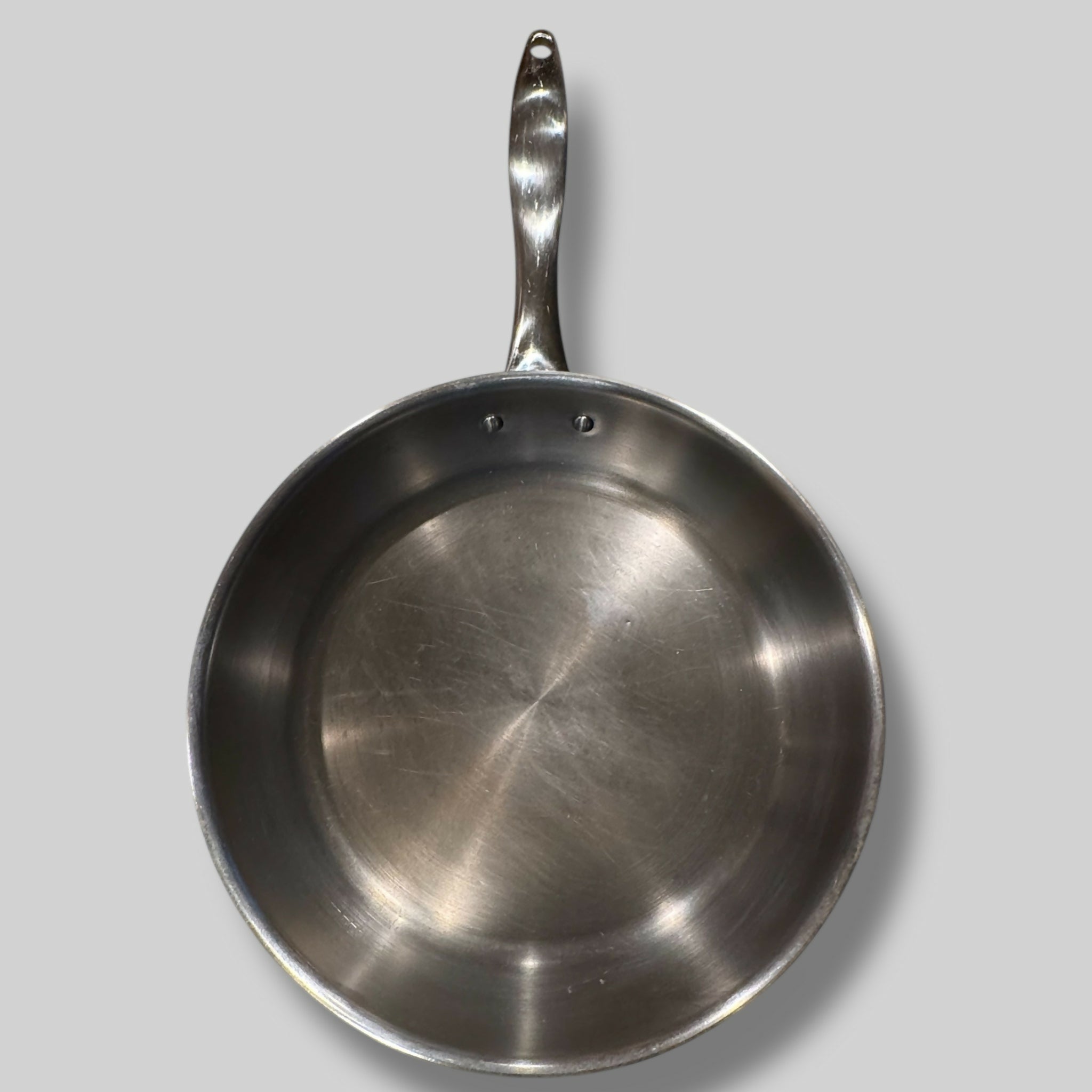
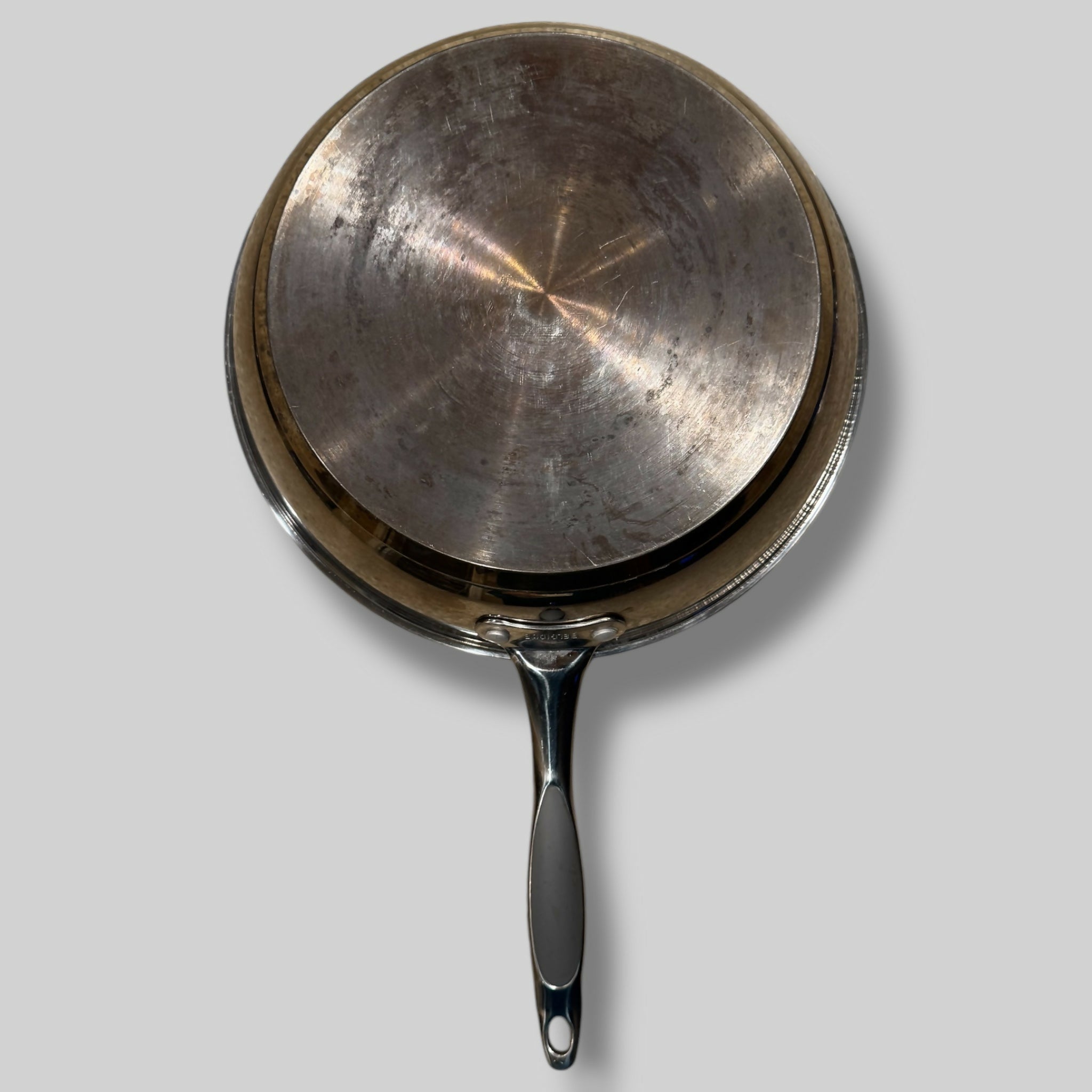
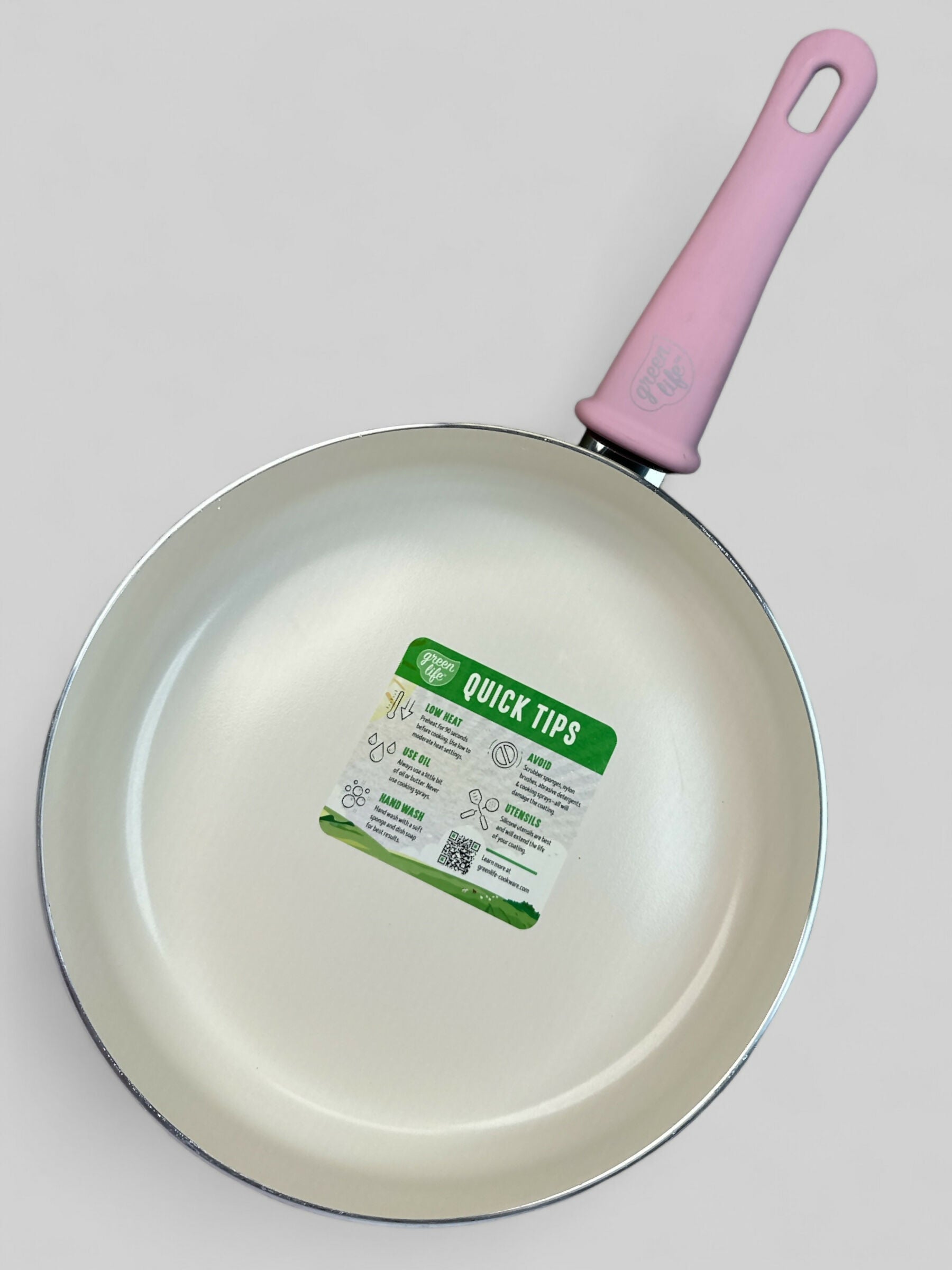
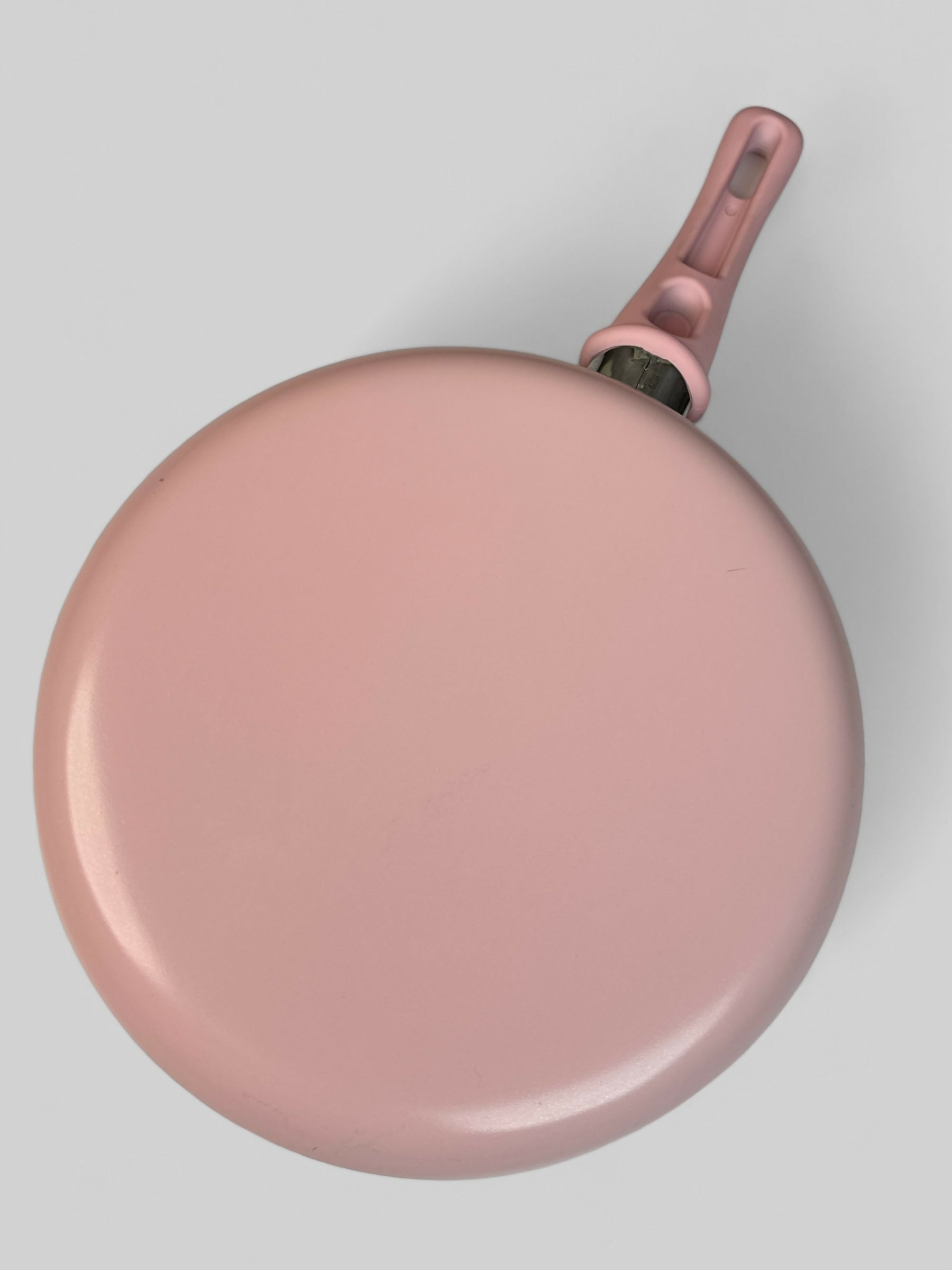
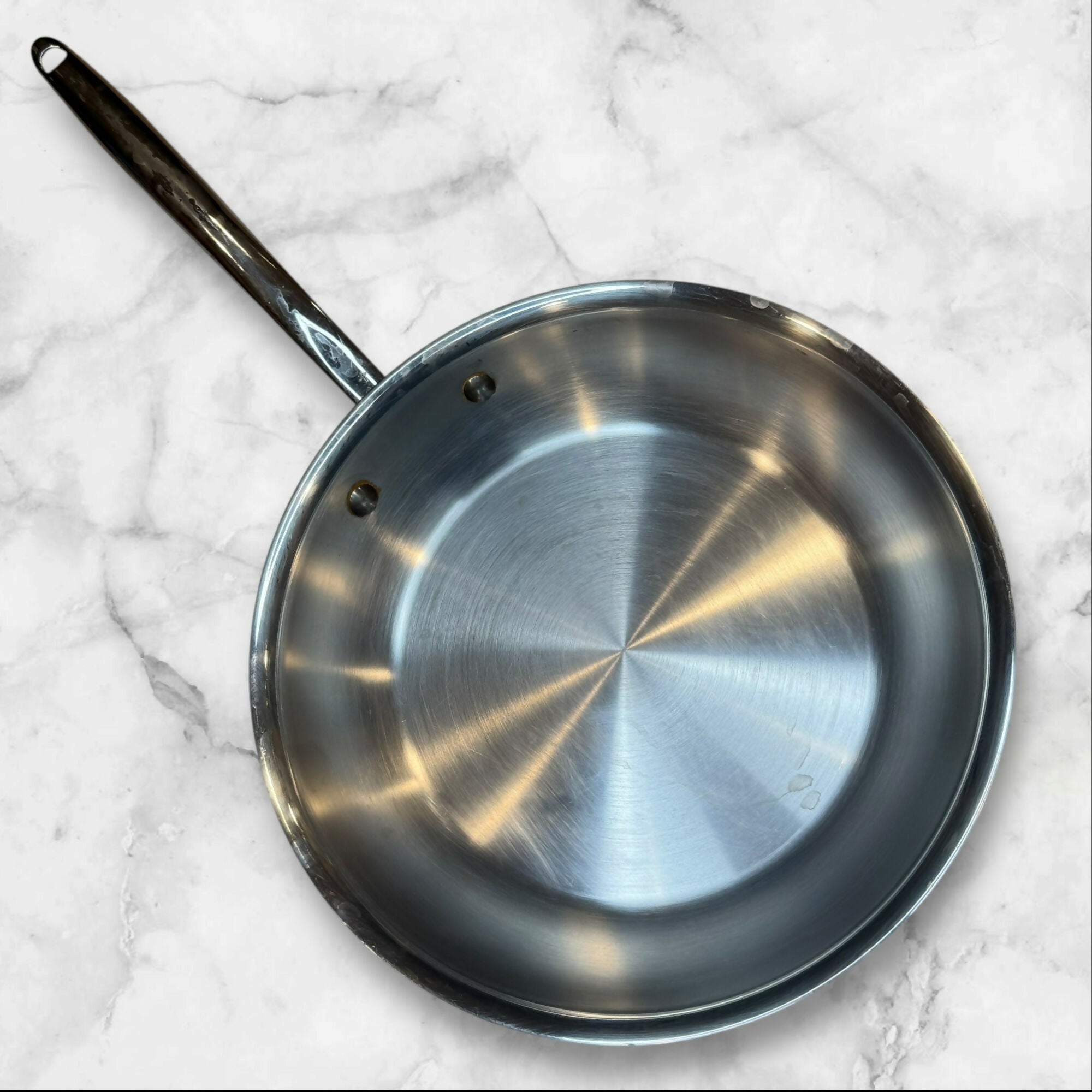
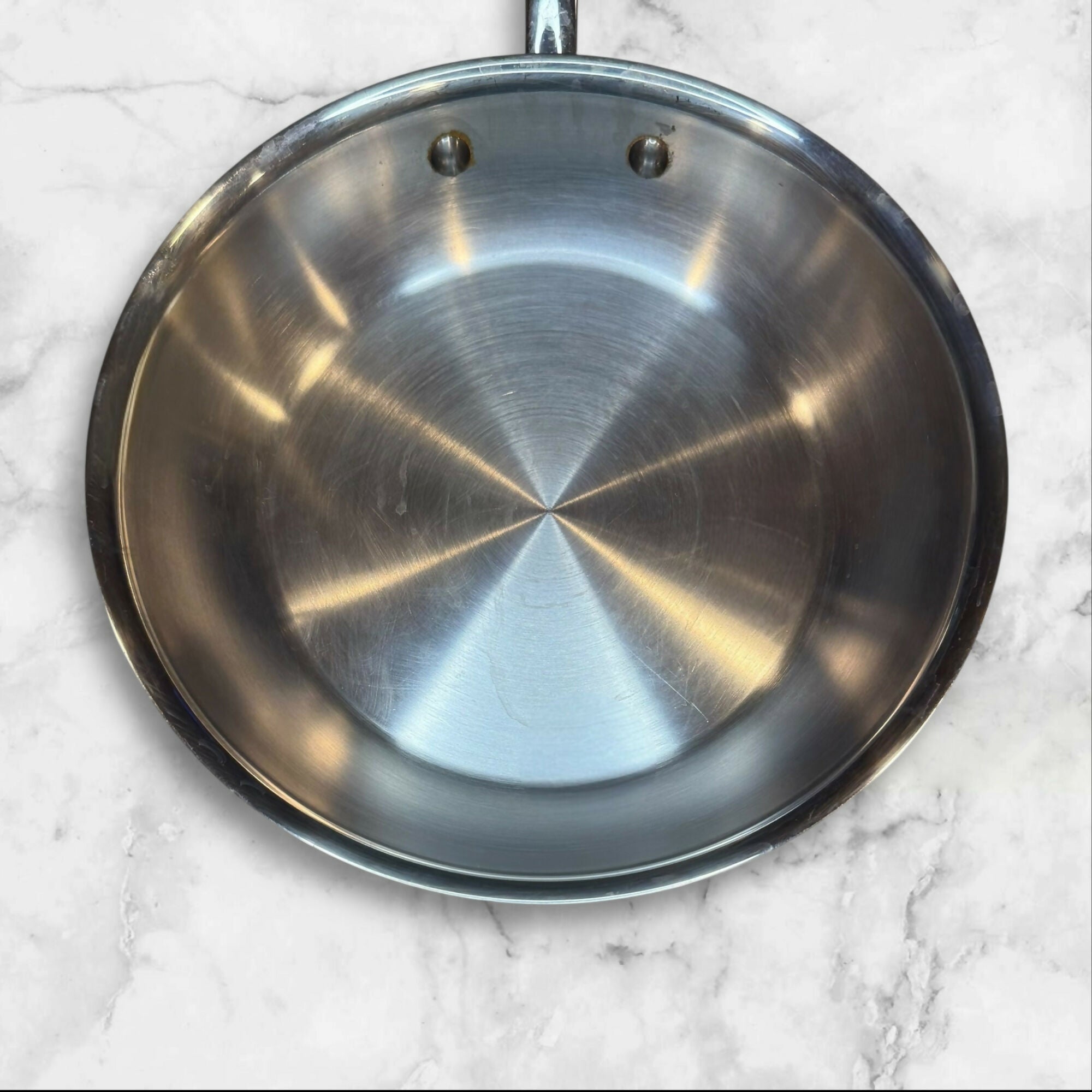
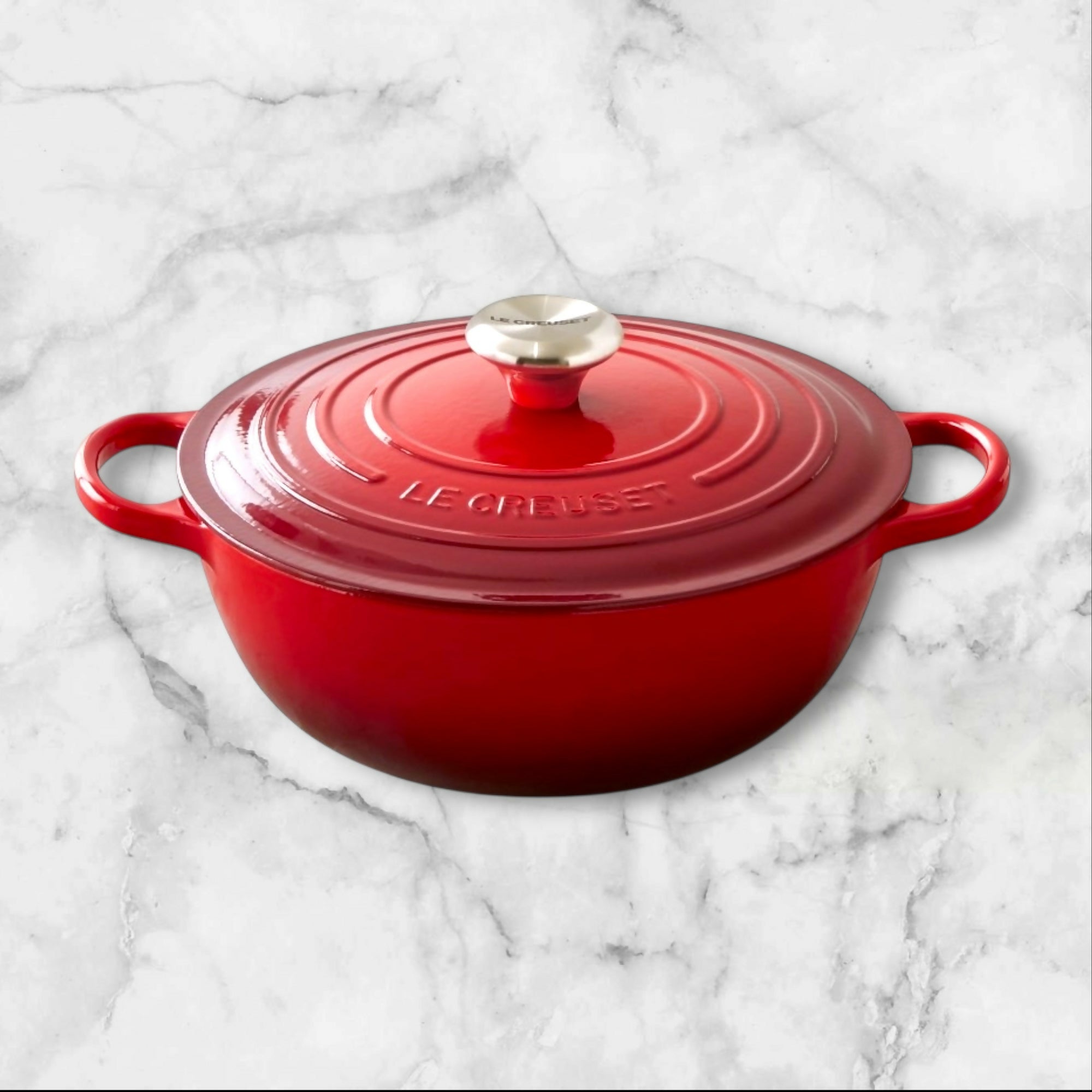
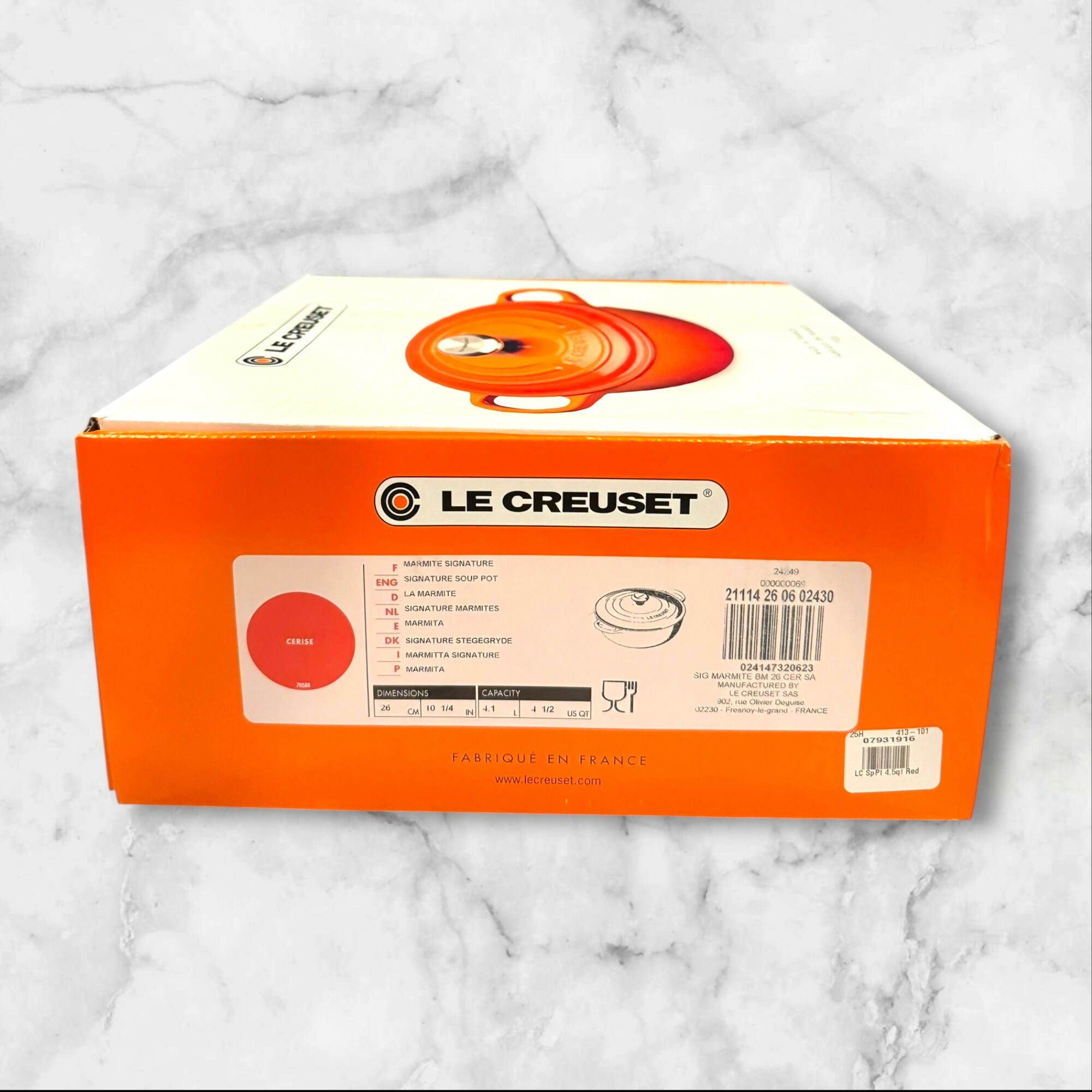


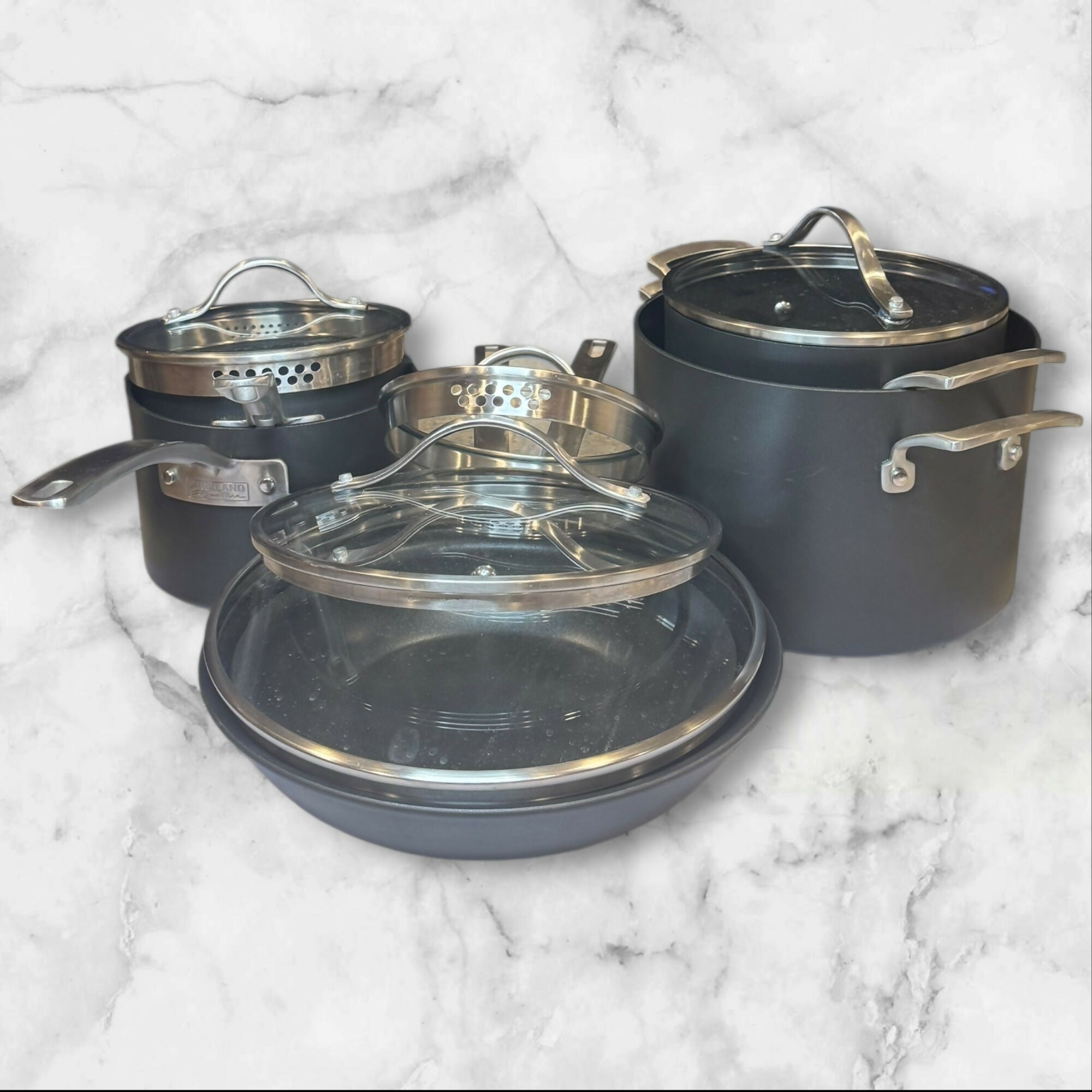
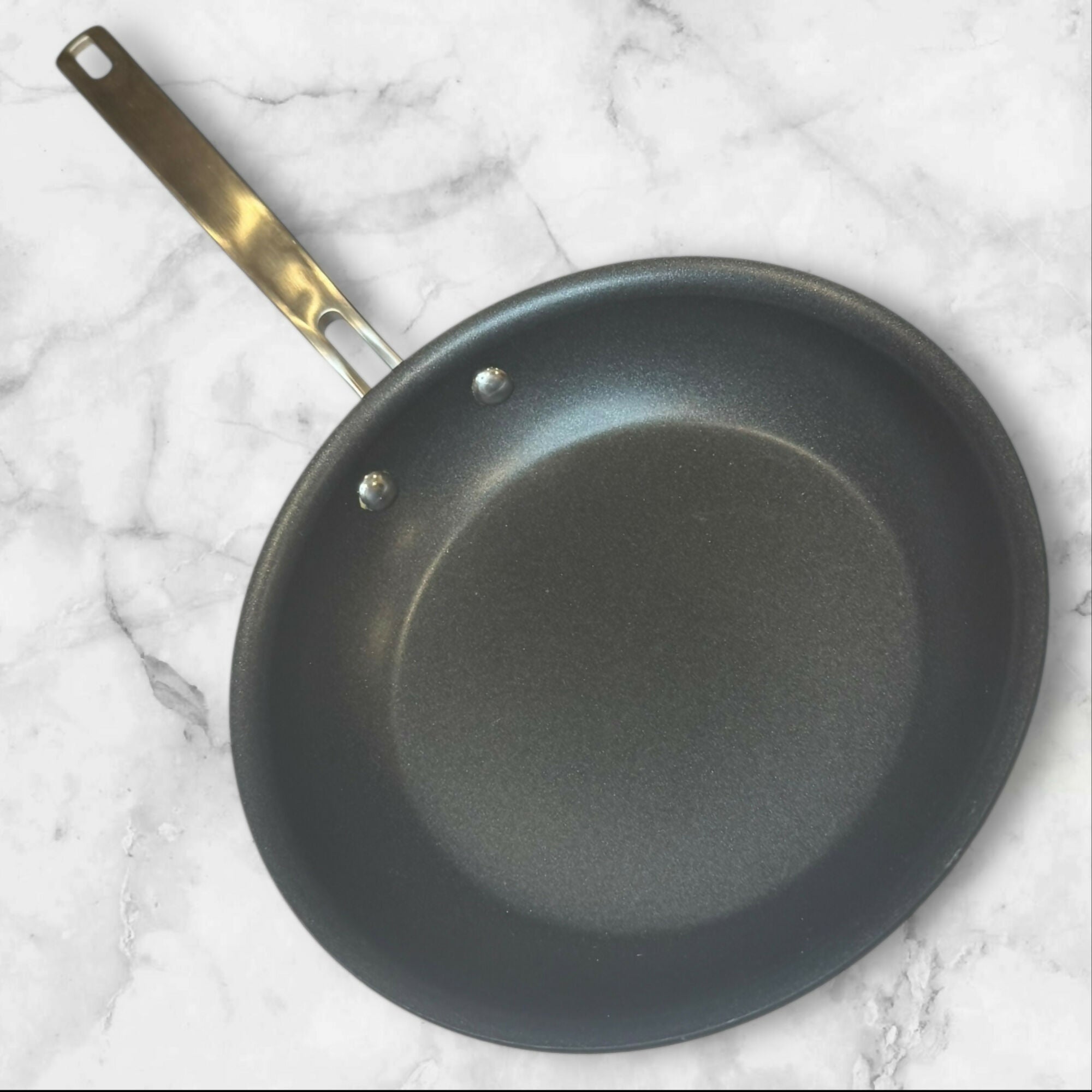
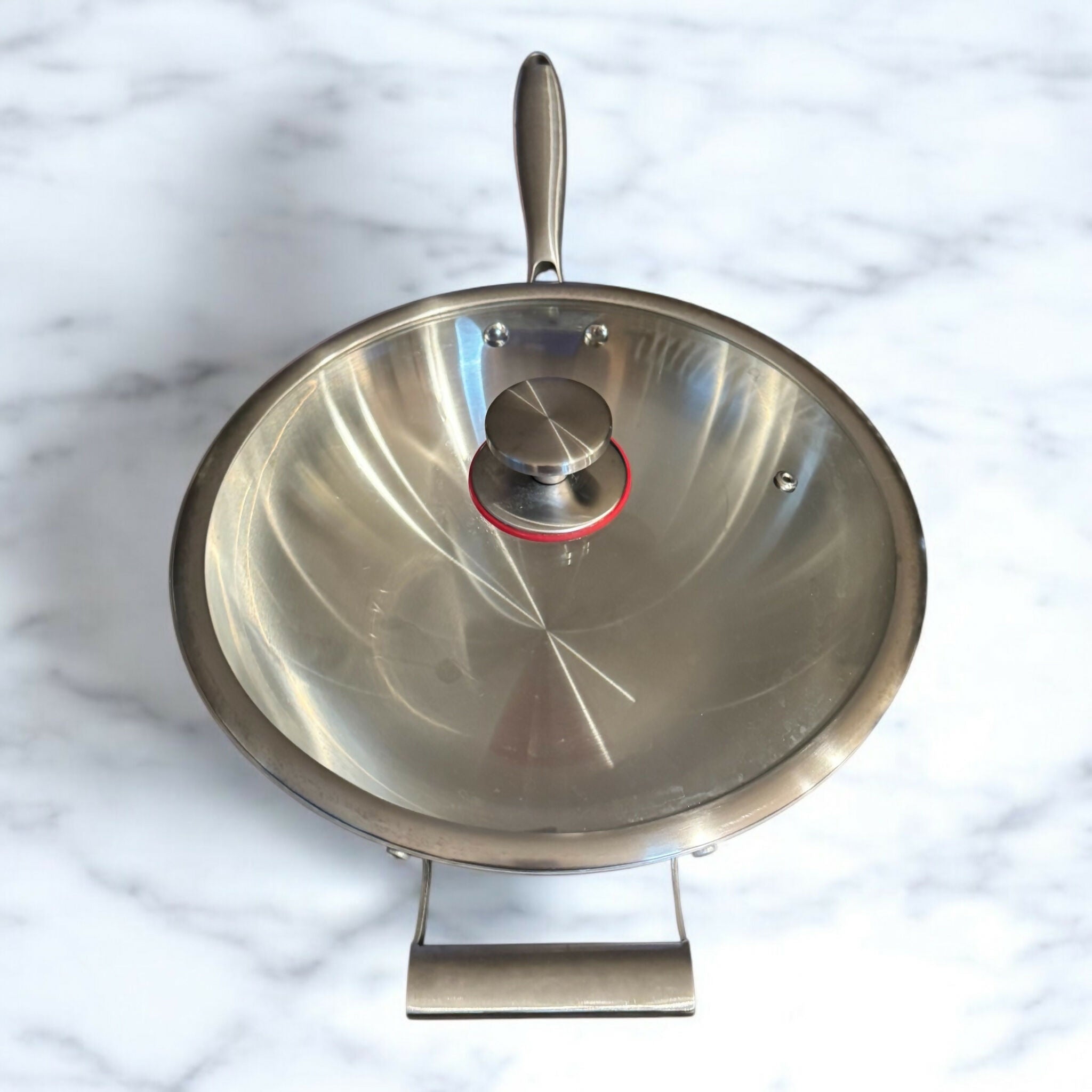
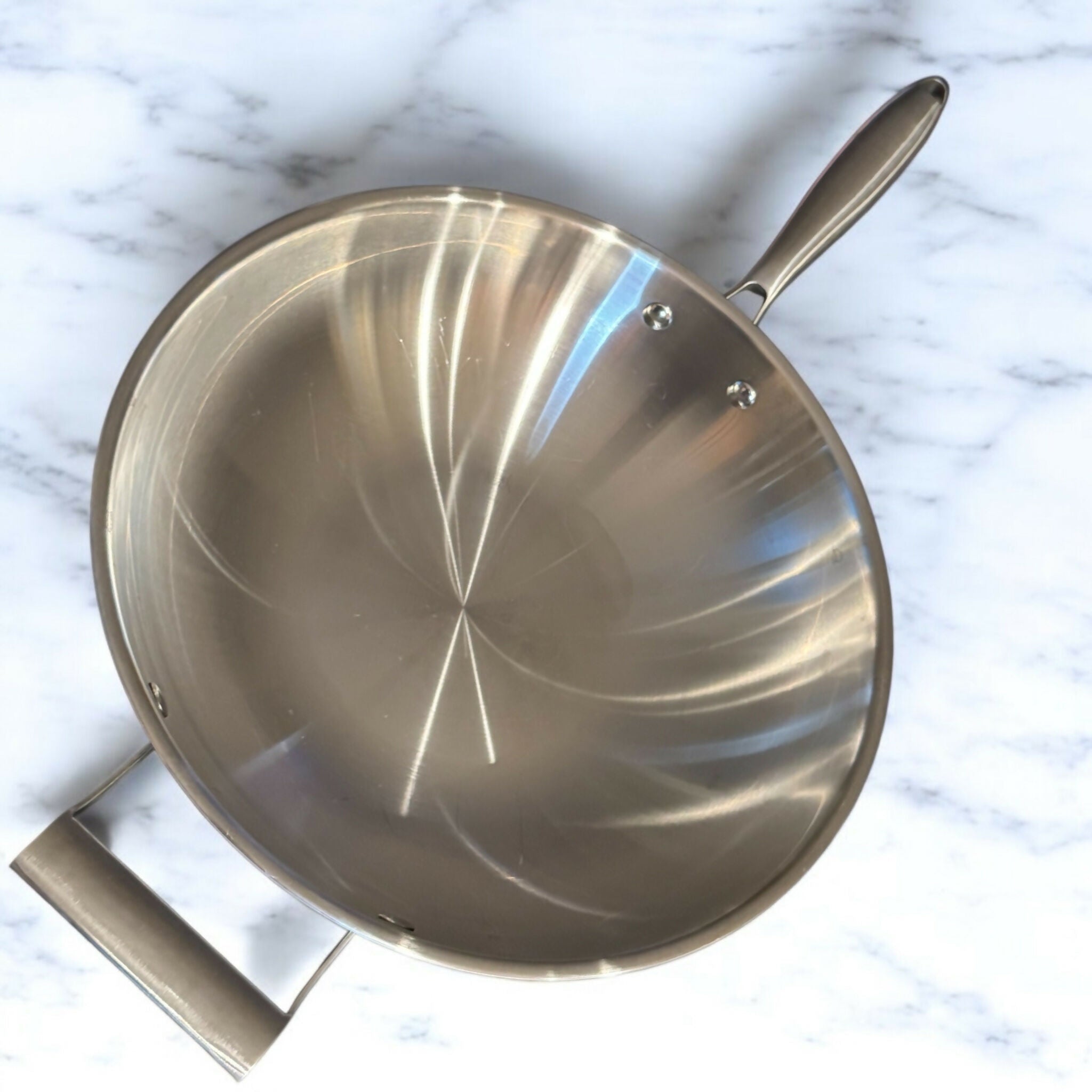
Leave a comment